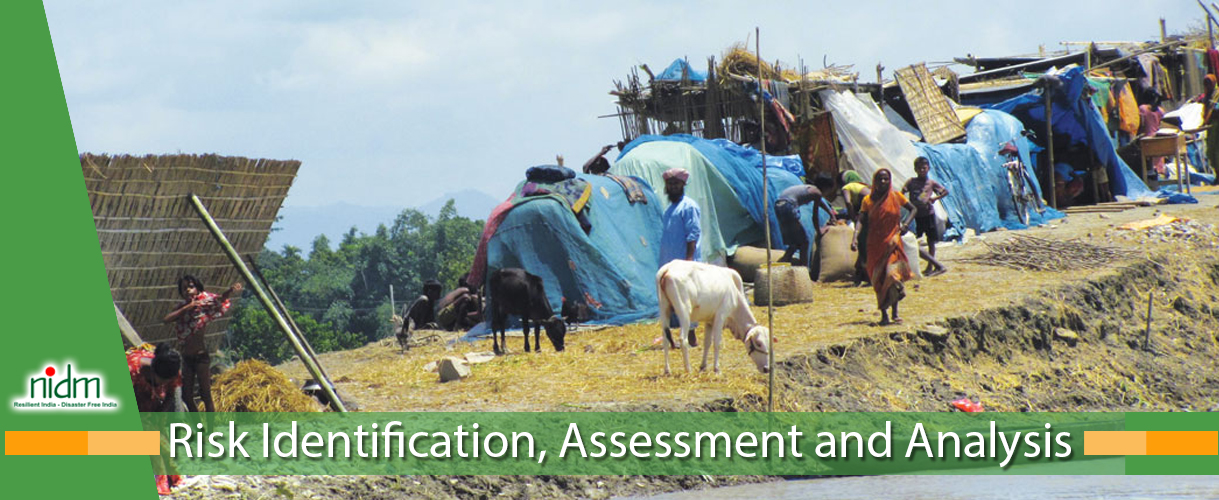COURSE PRICE
1800.00

During the last decade risk analysis has emerged as an effective and
comprehensive procedure to guide the overall societal response to, and
management of disasters. Risk analysis is carried out to reduce (a) casualties
from potential disasters, (b) disruption to the economic and social activities,
and to mainstream (c) the culture of safety in all activities undertaken by
city and national governments. It became part of decision making in sectors
such as health care, environment, physical infrastructure systems, to cite a
few.
The Risk Analysis course introduces the concepts, methods and tools to assess
hazard, vulnerability, risk and the impact associated with earthquakes and
floods. It demonstrates how risk analysis is applied to formulate disaster risk
reduction policies. It introduces tools and models used to assess disaster
impact, both direct and indirect, and methods to quantify it for earthquakes
and floods. As a result, participants of this course will be able to judge and
appreciate the information presented in risk maps.
There is a general perception that natural disasters are "technical" problems and need to be dealt by technical experts. The aim of this course is to provide an overview of essential elements and basic tools of risk analysis in a language that is accessible to a “non-technical” community as well.
The course is designed for professionals from national and local agencies dealing with disaster risk management, for public officials and local authorities in charge of development planning and policy reform in the realm of disaster risk reduction, and for practitioners working in risk reduction, emergency and recovery planning. A scientific or engineering background can be helpful to better understand the methodological aspects of earthquake and flood risk analysis, however, it is not necessary. Basic mathematical skills and familiarity with spreadsheet are prerequisites of the course.
1800.00